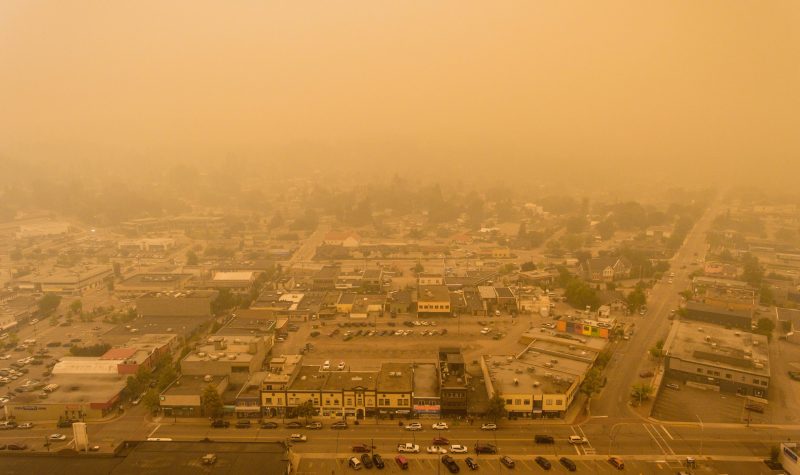Wildfires are raging across the province and it is unequivocally clear, more now than ever, that extreme heat, wildfires and especially intense wildfire smoke will become familiar scenes for the next month, years and decades to come in Northwest B.C.
But how dangerous is wildfire smoke to humans? How can communities determine when the air outside is too toxic or damaging to go out?
There are exactly five types of air quality readings that governments, environmental authorities and companies use to monitor the quality of atmospheric air. PM2. Level 5 refers to atmospheric particulate matter (PM) that have a diameter of less than 2.5 micrometers or microns, which is about three percent the diameter of a human hair.
So far this year in the Bulkley Valley and western parts of the B.C. interior, there have been about six to eight days with intense wildfire smoke just beneath or breaking the recommended threshold to be considered a danger to human health, most of which happened in July. But communities like Houston Burns Lake, Vanderhoof, Prince George, and most of the Central Interior have been living with thick, heavy smoke for weeks on end, only recently breathing clear air thanks to a change in the wind.
“Wildfire smoke is highly episodic,” said Dr. Sarah Henderson, Scientific Director of Environmental Health Services at the BC Centre for Disease Control.
“Traffic pollution emits the same amount of pollution all the time so it’s pretty predictable, the same thing for industry. Wildfire smoke is totally different, it is highly dynamic in space and time. But we also see that the magnitude of those air quality impacts is much higher.”
But what does this mean long-term and how can we prevent or limit our expose to wildfire smoke? Listen to the interview on CICK News below, as well as a conversation with Professor Peter Jackson, a meteorologist based at the University of Northern BC, who has developed an airquality monitoring map.


